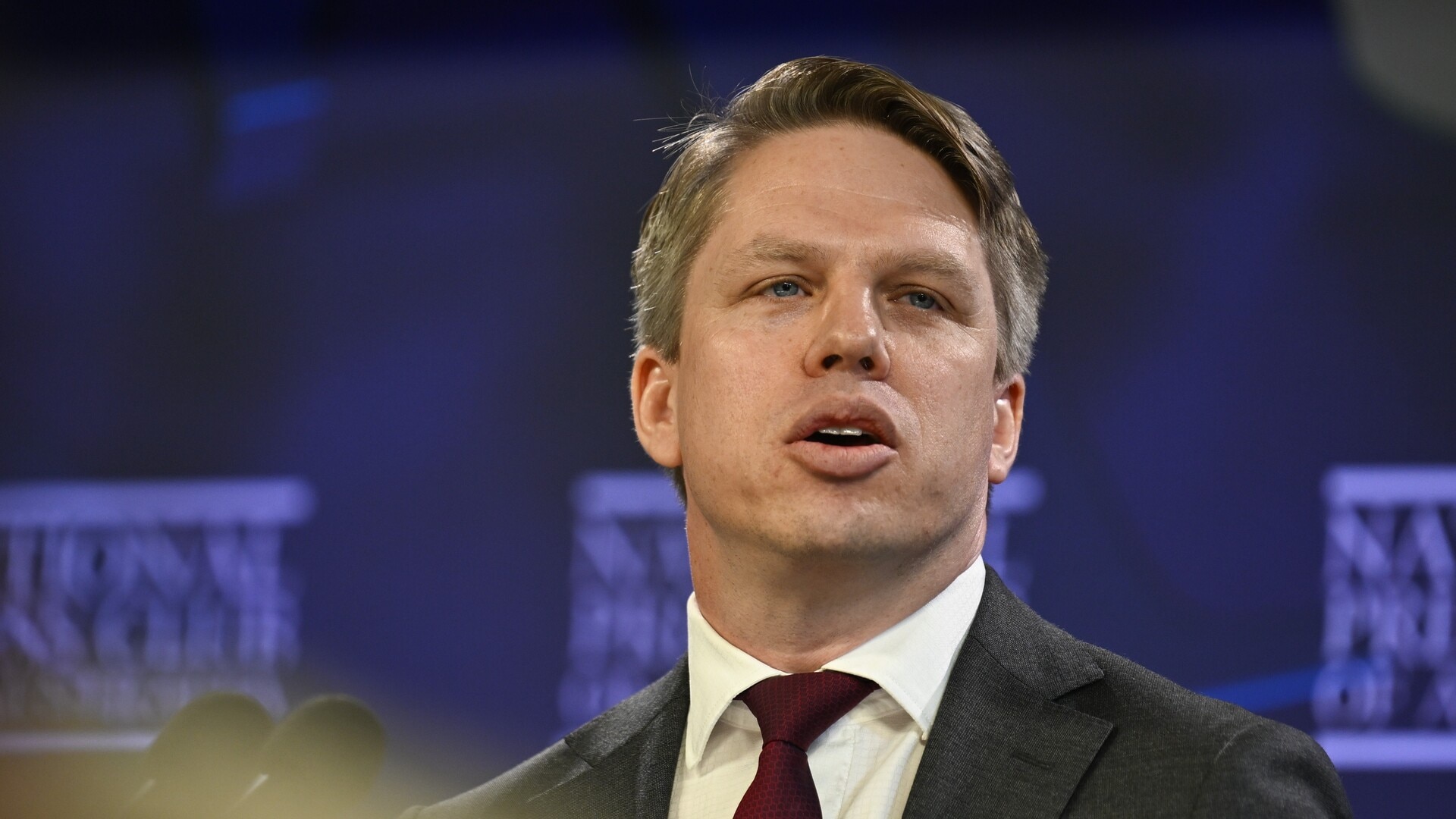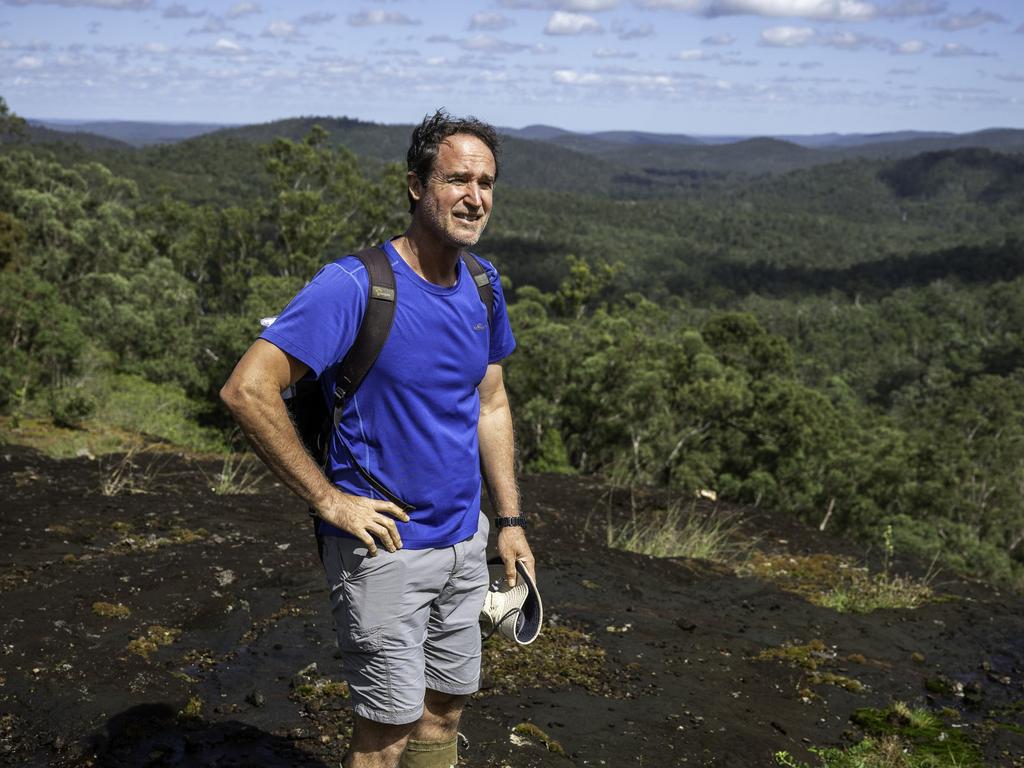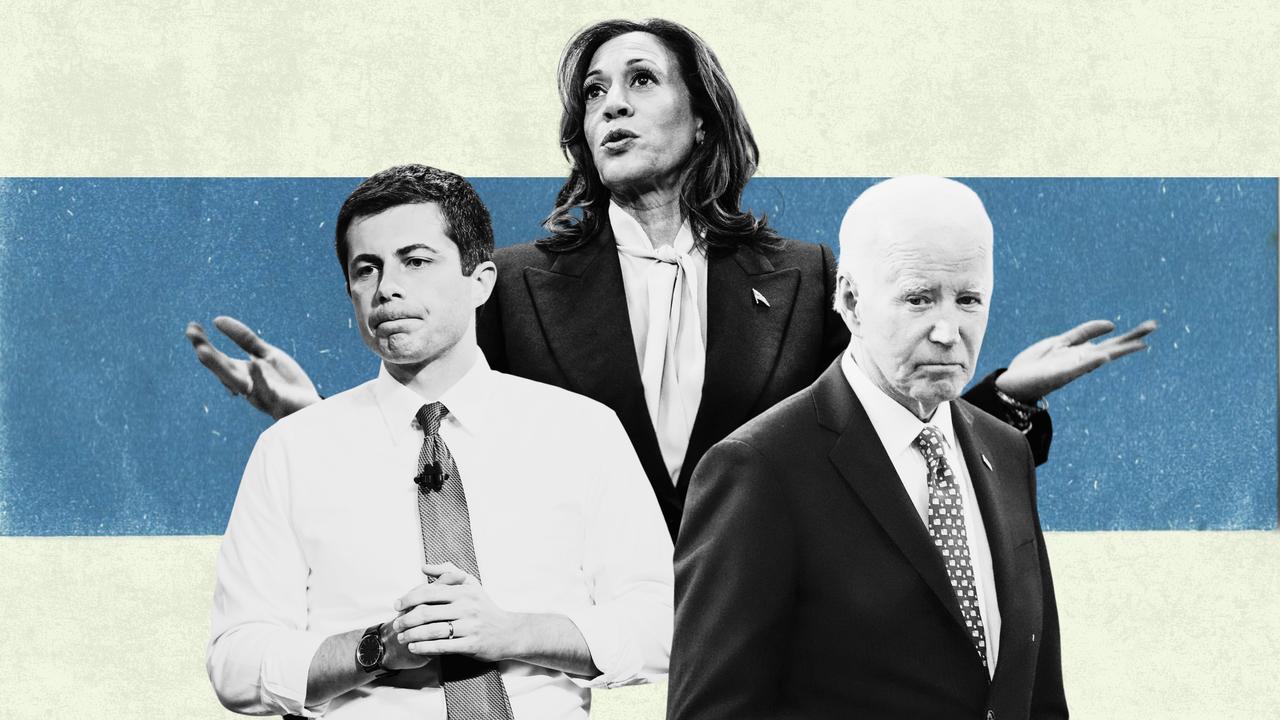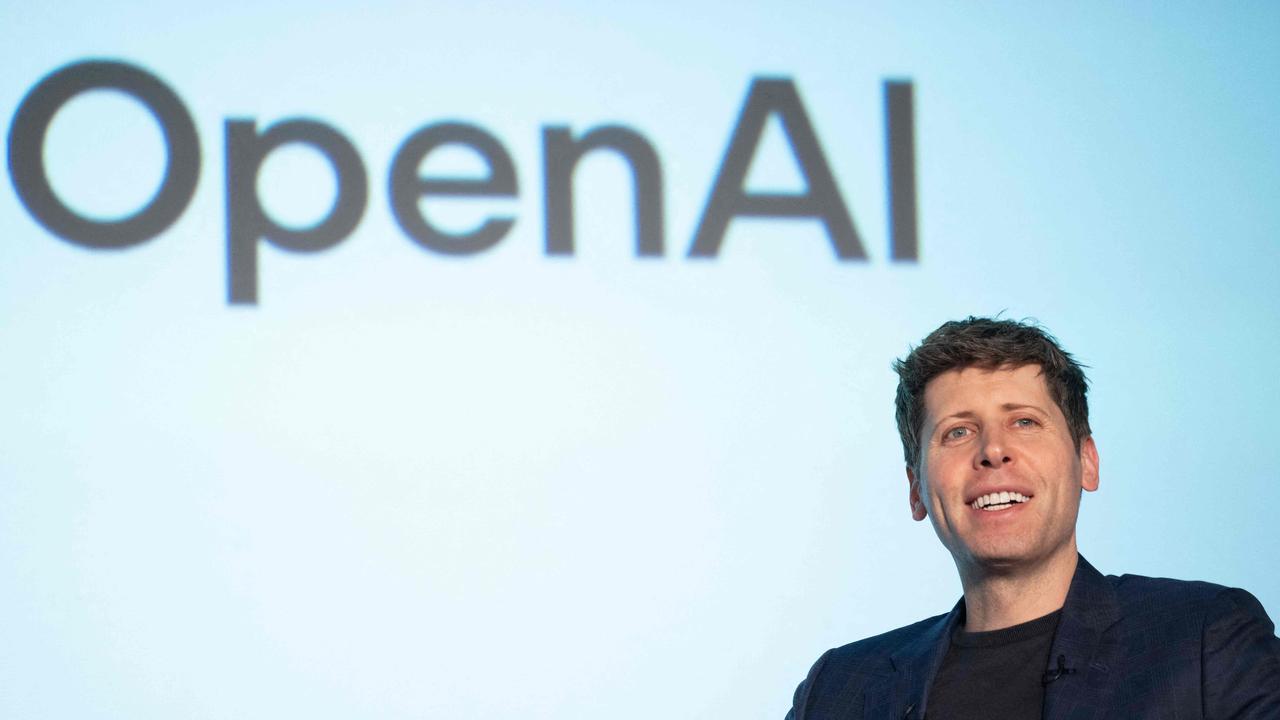An independent wave is harvesting votes in the bush

In the recent election, something very unusual took place in regional Australia.
Voters in some of the nation’s biggest regional cities turned away from the traditional options. They gave their vote to an independent in the hope that, finally, here was a candidate who understood.
I watch election results with an eagle eye; paying attention to the candidates, their platforms, where the votes fall and who wins.
As a former independent federal MP for the regional electorate of Indi for six years, I am fascinated about what’s offered to the regions, and analyse the trends in voter support. This election, I noted an exciting change.
For decades, the binary choice lacked imagination, vision and strategic intent. As a farmer in the Murray-Darling catchment and living near the regional centre of Albury-Wodonga, I know first-hand the woeful policy failures of water management and the disastrous and clumsy state laws that needlessly hold back business growth in regional cities.

The daily struggles of family, neighbours and community when dealing with government bureaucracy and other living pressures highlight the consistent public policy failures for regional communities, where decisions are made on an assumption that “one size fits all”. To those who dismiss the regions as “conservatives in the bush” the analysis of the May 3 red wave has missed something significant in this exceptional election result.
A close examination of the voting patterns in regional cities across eastern Australia shows that when voters had a choice, they voted for an independent over a major party. Not National. Not Liberal. Not CLP. Not ALP. But for a courageous, community-based, inspiring and positive independent.
This support in regional cities for an independent candidate is a seismic shift from previous elections. The trend won’t show up in the national figures, because in some of the electorates with relatively higher proportions of landholders and smaller rural towns, the final electoral vote swung to the conservative incumbent.
What motivated voters in regional cities to support anyone but a major party candidate, to put their hope in someone else?
From my conversations, there’s hope that someone is finally committed to tackling longstanding failures in service across education, health, aged care and childcare, while also addressing the urgent need for affordable housing, enabling infrastructure, public transport, a flexible workforce and reliable telecommunications. People want action on rising transport and fuel costs, and real investment to fix our crumbling roads.
Toowoomba, Australia’s largest inland city with a population of about 173,000 deep in the heart of Queensland’s Darling Downs, voted for community independent Suzie Holt. The Murray River border towns of Albury-Wodonga, population 100,000, voted for Michelle Milthorpe on the NSW side, and for Helen Haines in Victoria. Similarly, in the large NSW regional centres of Orange, Mudgee, Bathurst voters supported independent Andrew Gee and in Warrnambool, independent Alex Dyson outpolled other party candidates.
Taken together, Toowoomba, Orange, Albury-Wodonga and Warrnambool are all significant regional population centres. Equivalent in size to more than three federal electorates, these four centres are, like all regional cities, major contributors to the national economy.
These cities are much more than “the bush”. They have thriving cultures, art and music, connected communities, more and more young people making their homes, strong local businesses and, importantly, good coffee.
In the past it’s been easy to write off the regions as rusted on to the Nationals and the Coalition. But a deeper analysis of the election results show this would be a foolish move by the Albanese government. Indeed it is a unique opportunity.

What the regions lack isn’t insight or planning, it’s political will. After years of inquiries and strategic plans that gathered dust, we know what needs to be done and how.
Federal Treasurer Jim Chalmers, in his post-election speech, claimed his focus in this next parliament will be on growing productivity. The engine room for increased productivity lies in the regions.
The transition to net zero is a case in point – the renewable energy we need to power the country will be harvested in the regions (where recent research found that more than 70 per cent of farmers support the transition to renewable energy). Long-term strategic planning for more affordable housing, food security, better connectivity and productive agricultural enterprises will help Australia grow in the right direction.
In this election larger regional cities sent a message to the decision makers in Canberra to “listen up, we count and we vote”.
The independent wave has reached the regions. The challenge for the government, indeed for all parties, is to grasp the opportunity.
Cathy McGowan is chair of AgriFutures and the former federal MP for Indi.





